Parts of the original back were in good condition and had aged the same as the front, which made it a perfect match for restoration work of the lower border and a couple of other sashings on the front.
|
Last year, I had a request to try to restore a family baby quilt to be given as a gift to a new arrival expected soon. The before pictures show an embroidered quilt from the 1930s with significant damage to the lower edge and back. One might think it was a hopeless case. The embroidered blocks were well done and had no damage. The quilt had only been tied and not quilted, so that was one thing that made this job easier. The back and the lower edge, front and back, were damaged or missing. I removed the ties, discarded the batting, and cleaned up the seams allowances and stray threads from behind the top. Parts of the original back were in good condition and had aged the same as the front, which made it a perfect match for restoration work of the lower border and a couple of other sashings on the front. I added a new back, quilted it, and used more of the back fabric for the binding. This approach allowed me to keep the original vintage fabrics and appearance on the front. New batting and back made this a strong, usable quilt again. We managed to save a family heirloom, keep some beautiful handwork from being discarded, and pass it on to another generation. The owner was delighted.
0 Comments
Leave a Reply. |
AuthorAnita has a long background rooted in traditional handwork and quiltmaking, which she still enjoys. Archives
July 2021
Categories
All
|
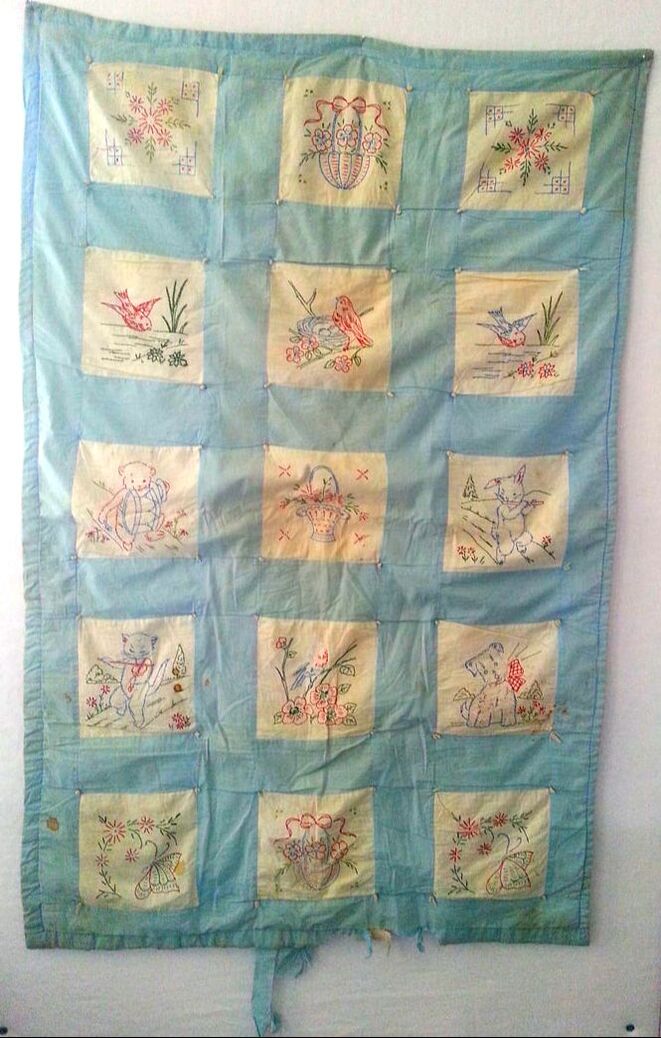
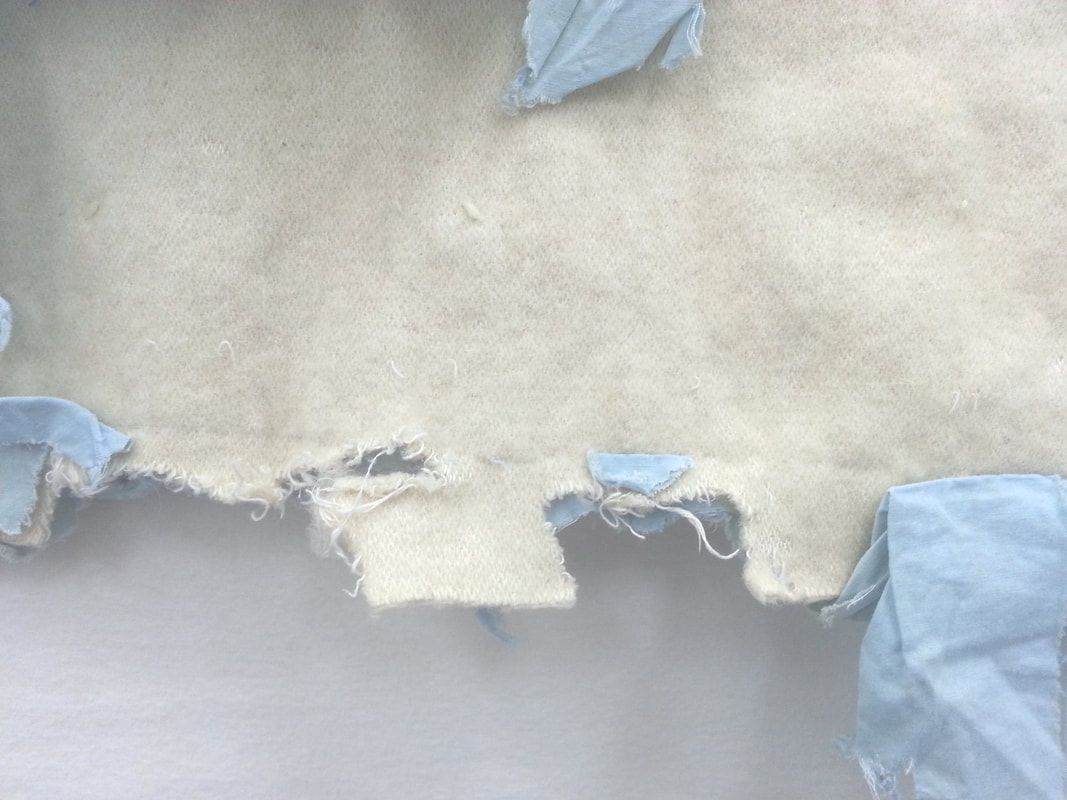
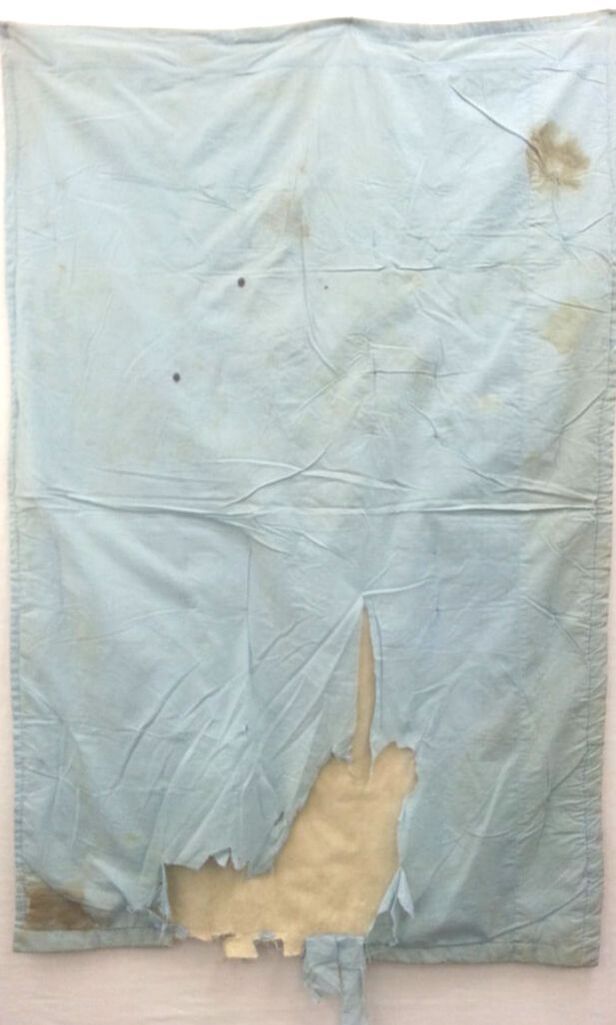
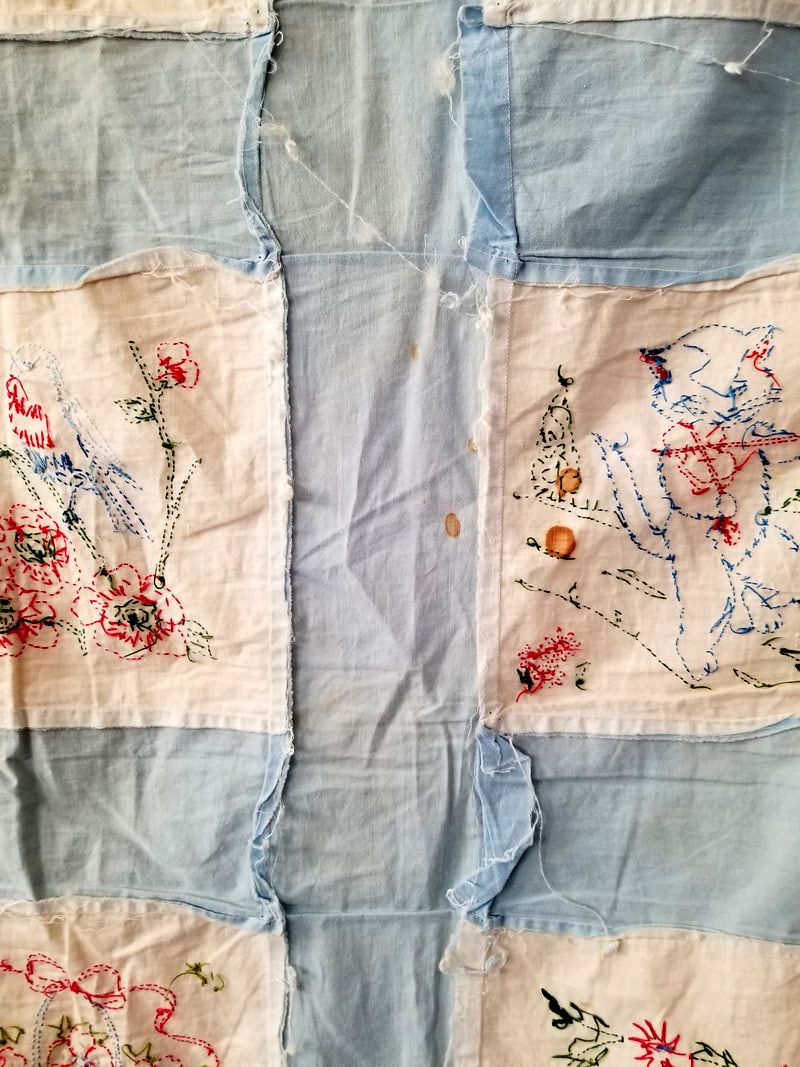
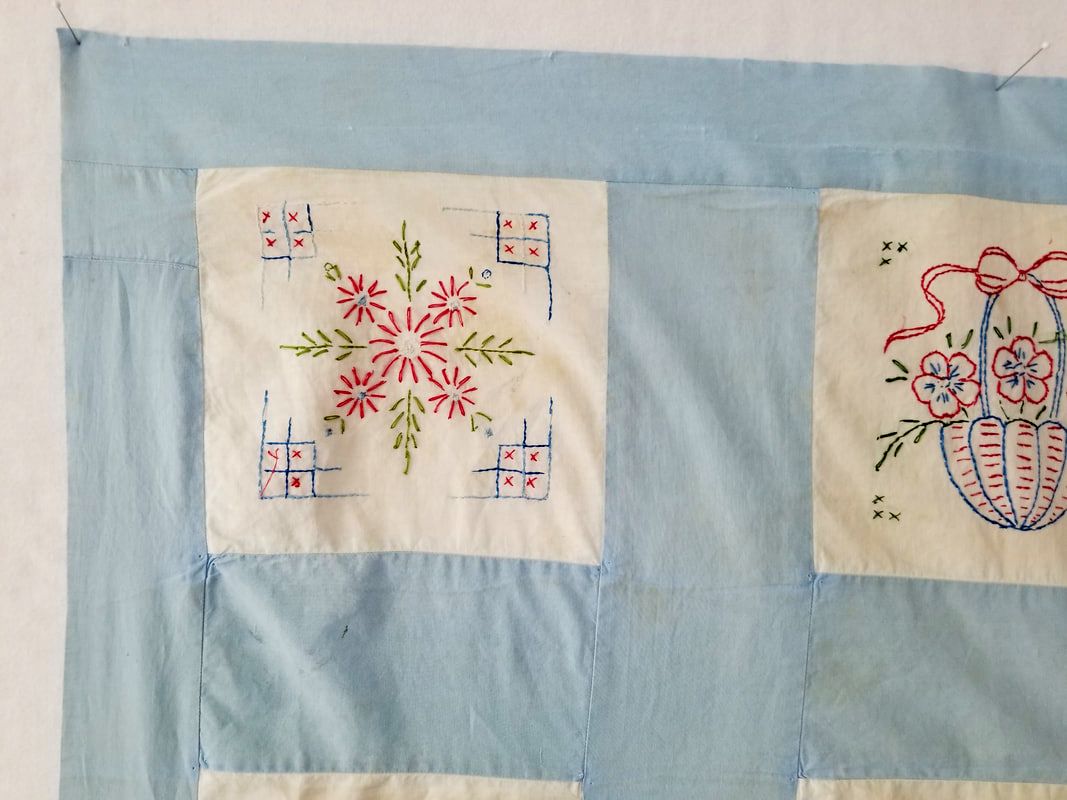
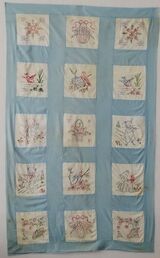
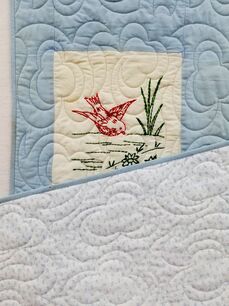
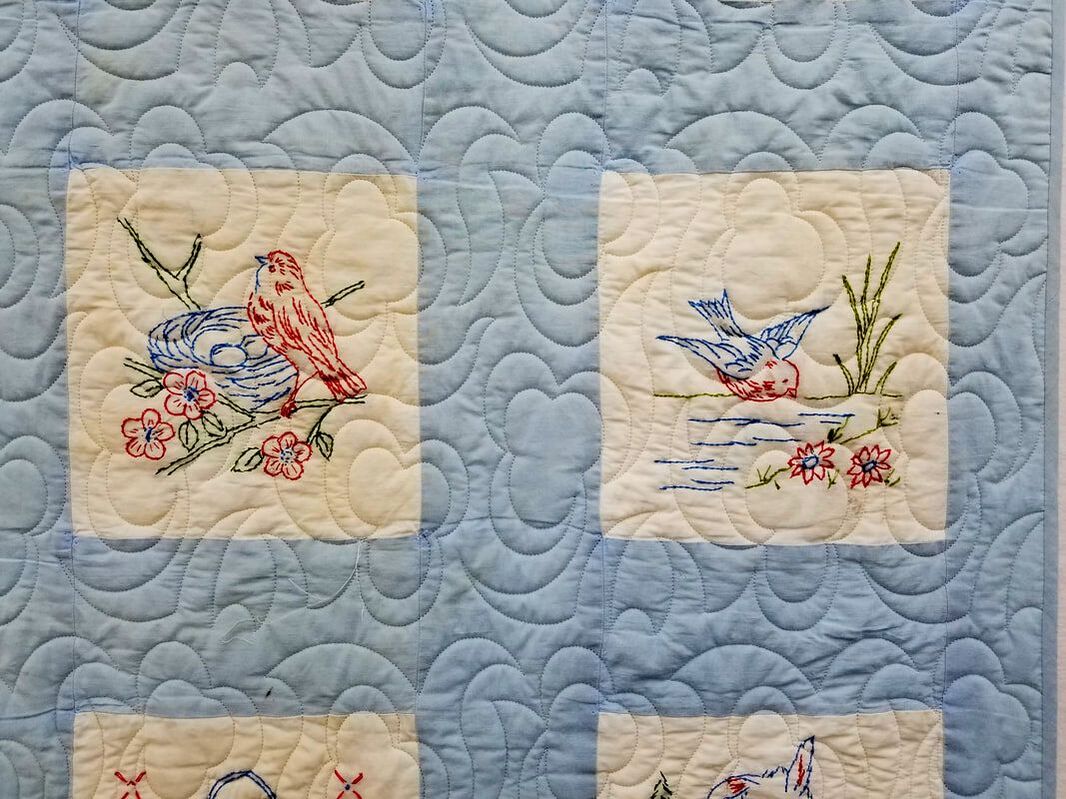
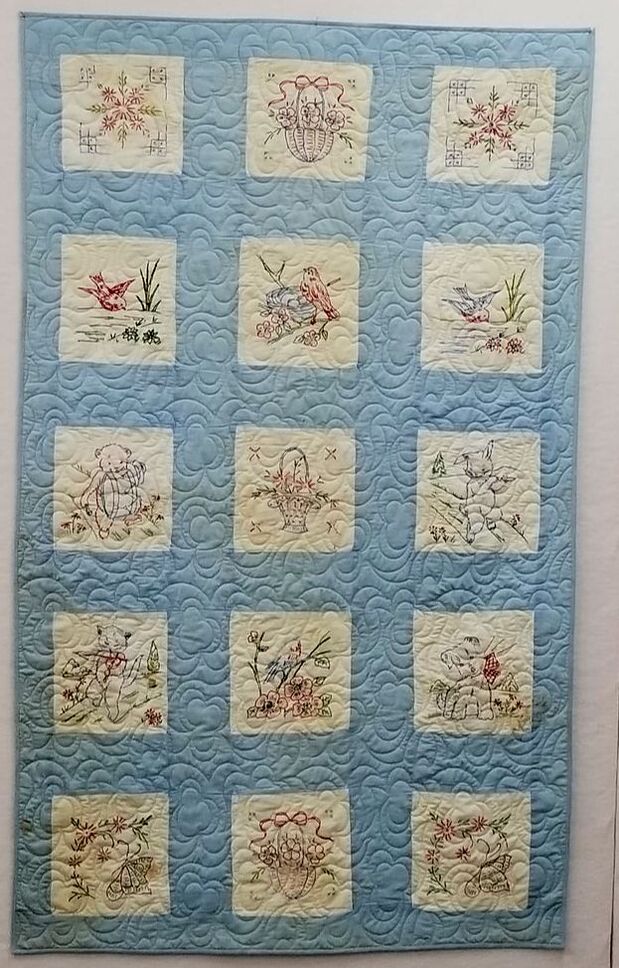
 RSS Feed
RSS Feed